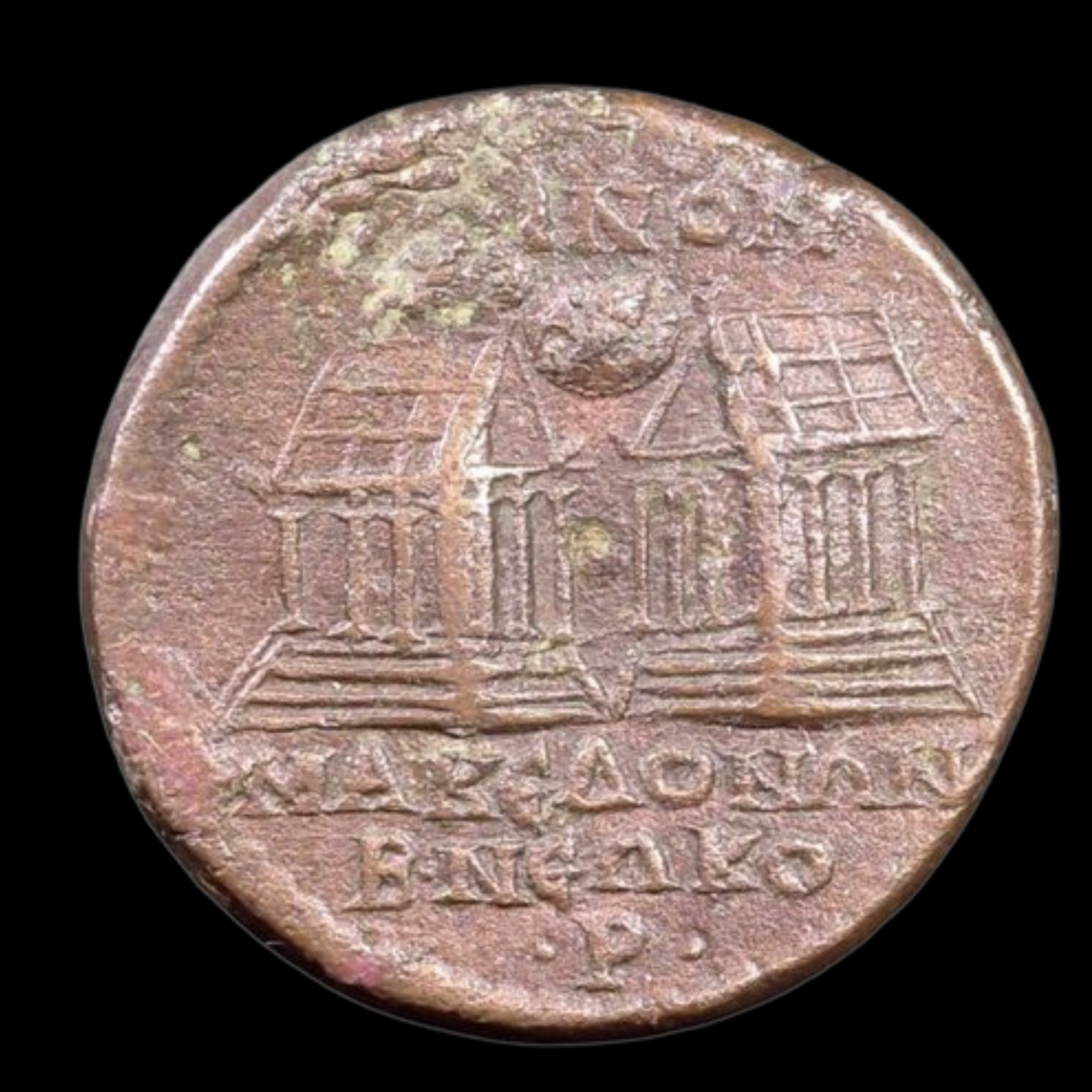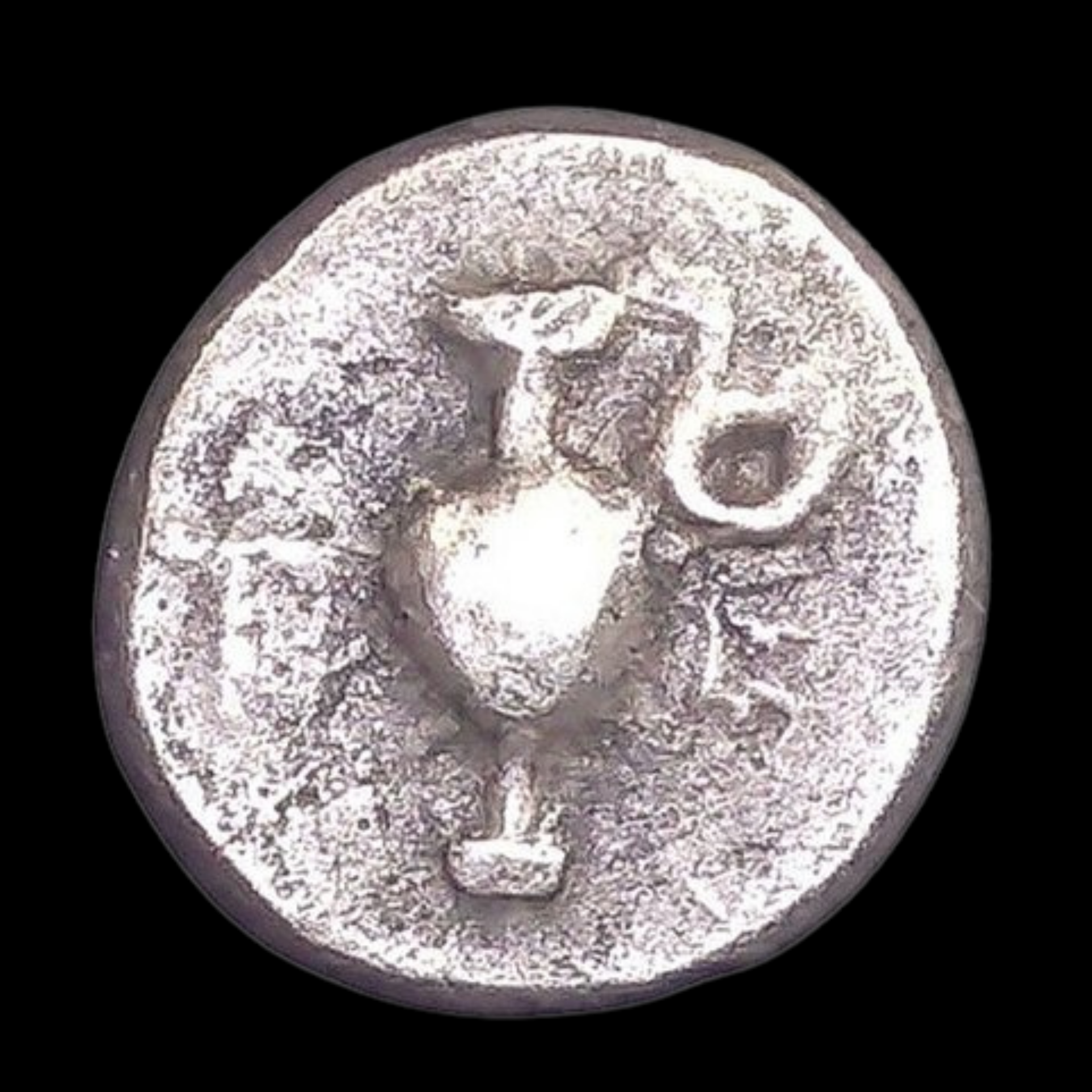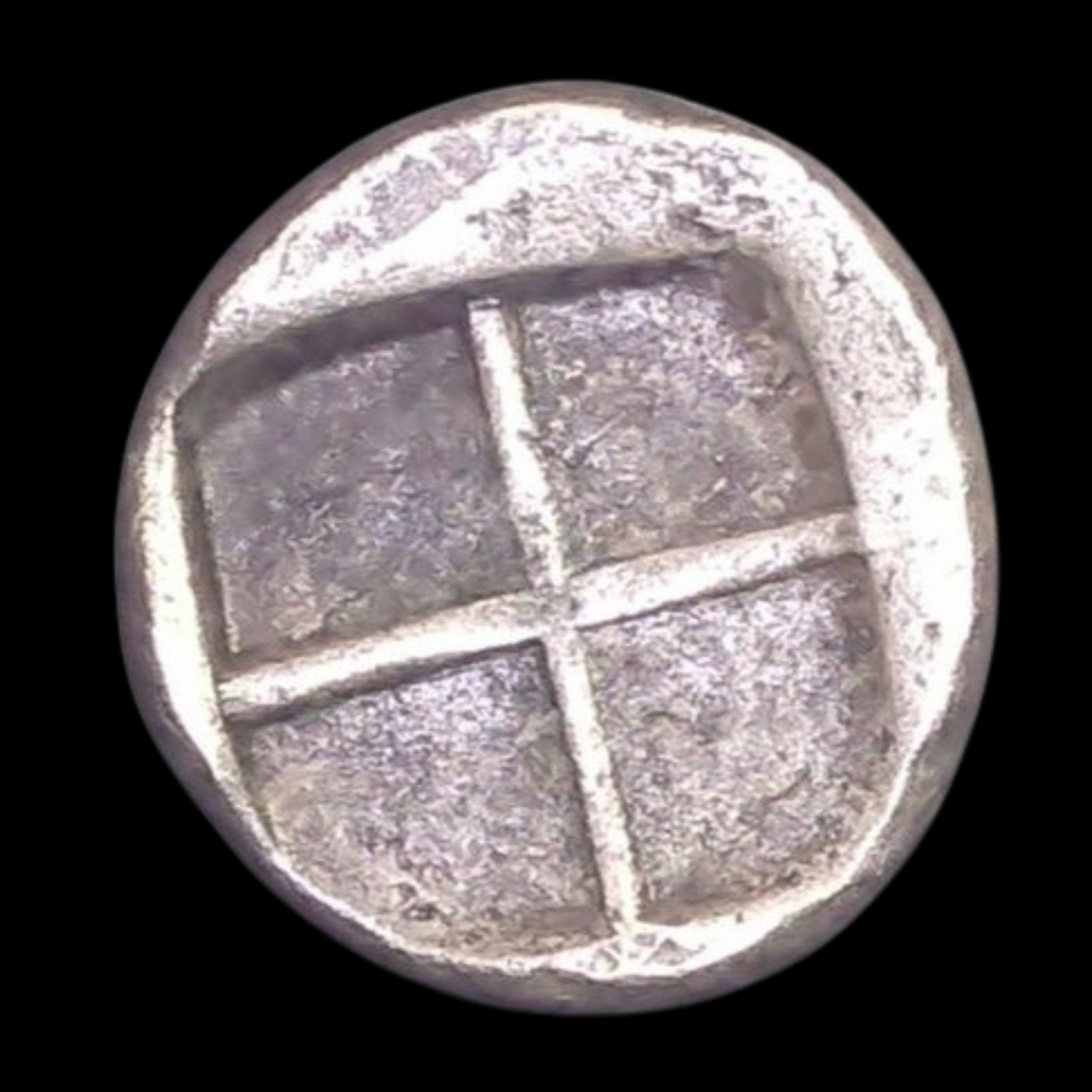 Image 1 of 2
Image 1 of 2

 Image 2 of 2
Image 2 of 2



Seleukid Empire Silver Tetradrachm of Antiochos VIII (about 2120-2130 years ago)
This large silver coin was issued during the reign of King Antiochos VIII Epiphanes, nicknamed "Grypos" (Hook-nose), who ruled parts of the Seleukid Empire during a period of dynastic conflict and territorial decline. Minted in Antioch on the Orontes (modern Antakya, Turkey), this tetradrachm represents the continuing Hellenistic traditions in the fragmented empire.
Coin Description:
Front side: Diademed head of Antiochos VIII facing right, showing the king wearing the royal headband that symbolized Hellenistic monarchy
Back side: Zeus seated on throne facing left, holding Nike (goddess of victory) in his right hand; three monograms (abbreviated names or titles) visible; entire design encircled by laurel wreath
Technical Details:
Silver composition
Tetradrachm denomination (equivalent to four drachms, a substantial silver coin)
References: SC 2309.2d; HGC 9, 1200
No certification mentioned
Date: Circa 109-96 BCE
Condition: Not specified
Historical Significance:
Antiochos VIII ruled during the final declining decades of the once-mighty Seleukid Empire (covering parts of modern Syria, Turkey, and Iran). His long reign was marked by continuous civil war with his half-brother Antiochos IX and later with his nephew. The impressive silver tetradrachms, featuring traditional Greek divine imagery, represented significant purchasing power and were part of the international trade network. These coins demonstrate how Greek cultural symbols persisted in the Near East long after Alexander the Great's conquests.
This large silver coin was issued during the reign of King Antiochos VIII Epiphanes, nicknamed "Grypos" (Hook-nose), who ruled parts of the Seleukid Empire during a period of dynastic conflict and territorial decline. Minted in Antioch on the Orontes (modern Antakya, Turkey), this tetradrachm represents the continuing Hellenistic traditions in the fragmented empire.
Coin Description:
Front side: Diademed head of Antiochos VIII facing right, showing the king wearing the royal headband that symbolized Hellenistic monarchy
Back side: Zeus seated on throne facing left, holding Nike (goddess of victory) in his right hand; three monograms (abbreviated names or titles) visible; entire design encircled by laurel wreath
Technical Details:
Silver composition
Tetradrachm denomination (equivalent to four drachms, a substantial silver coin)
References: SC 2309.2d; HGC 9, 1200
No certification mentioned
Date: Circa 109-96 BCE
Condition: Not specified
Historical Significance:
Antiochos VIII ruled during the final declining decades of the once-mighty Seleukid Empire (covering parts of modern Syria, Turkey, and Iran). His long reign was marked by continuous civil war with his half-brother Antiochos IX and later with his nephew. The impressive silver tetradrachms, featuring traditional Greek divine imagery, represented significant purchasing power and were part of the international trade network. These coins demonstrate how Greek cultural symbols persisted in the Near East long after Alexander the Great's conquests.












